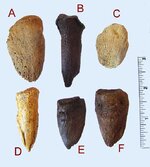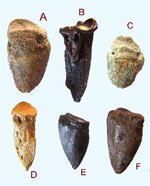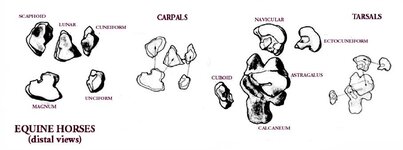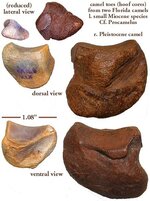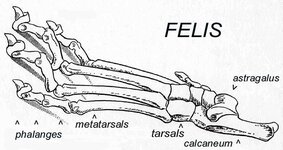Harry Pristis
Bronze Member
Anyone here recognize any of these bones? They were all collected in Florida, though their relatives were more widely distributed. None is really obscure; but, you don't get a close-up like this in books or on TV.
A
B
C
D
E
F
A
B
C
D
E
F
